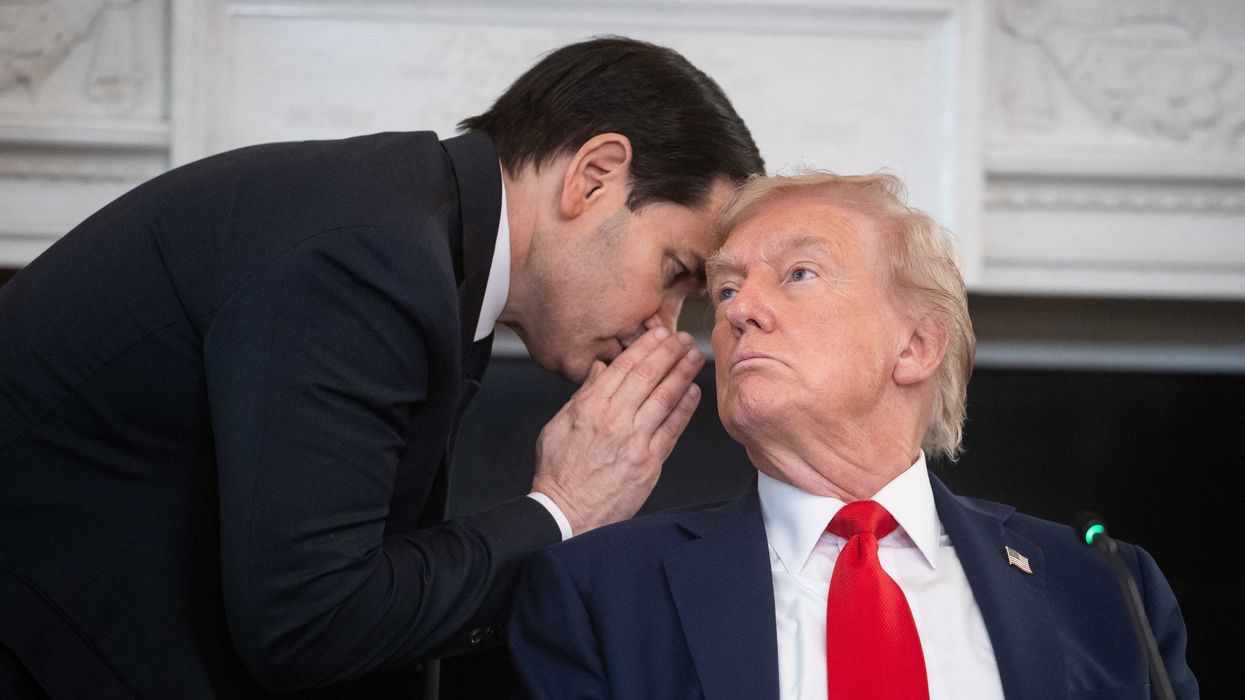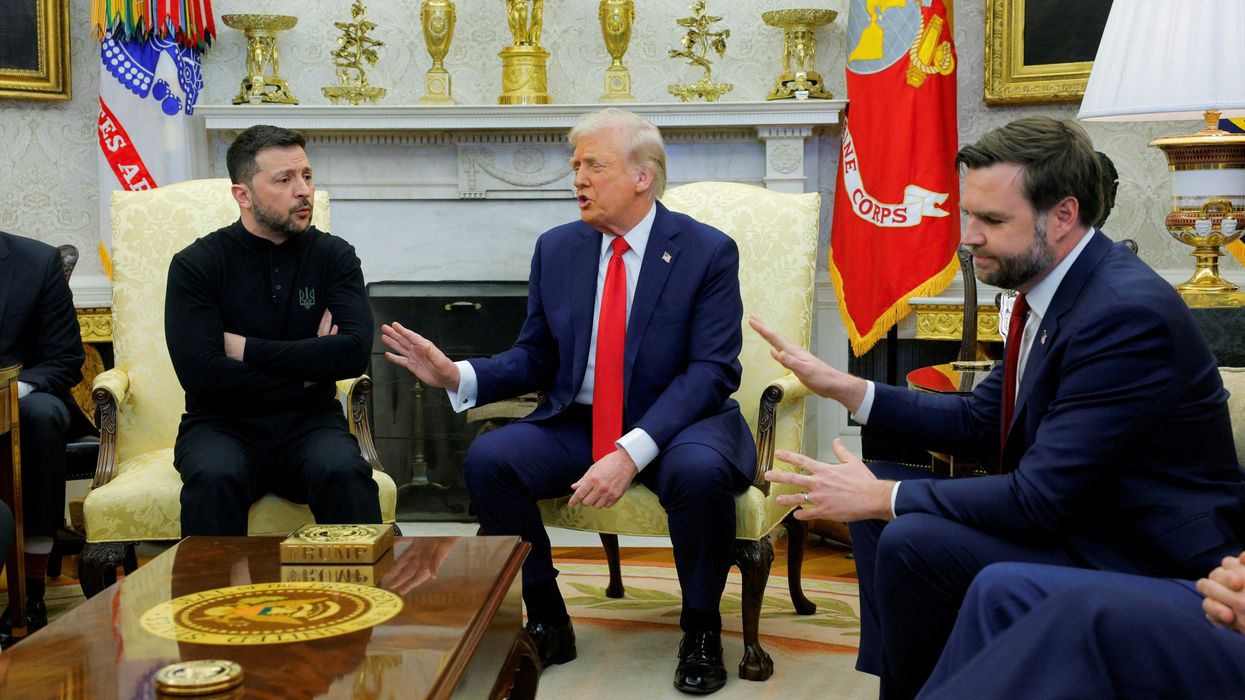Much ink is now being spilled over the precipitous departure of the huge U.S. troop and civilian presence from Afghanistan. Warring Washington camps seem to be divided: between those who believe that our departure from Afghanistan was long overdue in the face of a failing, unrealistic and hubristic mission, and those who believe that, with just a little more zeal, effort and time, we could have implanted democracy in Central Asia and spared ourselves what is now perceived as a major loss of "American credibility.”
The issue of course runs much deeper than simply Afghanistan. It was never just about 9/11, Bin Laden, al-Qaeda, the Taliban, or even revenge. It was also about ideological ambitions to establish a bold U.S. military geostrategic presence half-way around the world on the borders of Russia and China. Afghanistan cannot be viewed in isolation but rather as part of a far greater US strategic "Great Game" in Eurasia. And Pakistan was central to that U.S. geopolitical ambition, perhaps even more than Kabul itself. Pakistan was the lever by which Washington believed it could determine Afghanistan’s fate.
Looking further afield, the same elements of ambitious Imperial design aimed at establishing long-range U.S. global hegemony can be seen running through America's failing exercises in Iraq, Syria, Yemen, Libya, and Somalia. Stung by successive failures on these fronts, Washington is “pivoting” to an even more dangerous and less pliable strategic arena.
The heart of the issue is not so much whether U.S. intelligence and foreign policy analysis simply failed in the specific case of Afghanistan, but whether the failure reflected a much deeper flaw — fantasies of U.S, global ambition inherited from the end of the Cold War. The Americans who staffed CIA stations and embassies in Afghanistan and Pakistan were not stupid people; they were rather more in the grip of imperial strategic groupthink projected out into many parts of the world, including the Middle East and the heart of Eurasia.
Some observers, including myself, had been dismayed for some time by this imperial and hegemonic urge. I was finally driven to write a novel on the phenomenon a few years ago called, “Breaking Faith: A Novel of Espionage and an American’s Crisis of Conscience in Pakistan” (2015). The novel seeks to capture the particular U.S. mentality and political strategic culture as it then existed — and, in a sense, still exists today. The novel is set in Pakistan of recent years but is inextricably involved in the Afghan problem as well — all as witnessed through the eyes of the CIA station, the U.S. ambassador and embassy staff, as well as Pakistani society, culture, diverse Islamic circles, and bureaucracy.
I was CIA station chief in Kabul in the 1970s, long before 9/11 and the first Taliban regime but ever since have followed the situation; sadly, the U.S. foreign policy mindset has great staying power. The novel is not, as such, autobiographical, but reflects deep realities of the entire U.S. foreign policy establishment as it operated in “Af-Pak” —itself a strange term invented in Washington DC. Its chief protagonists, both American and Pakistani, are fictional but nonetheless close to what the reality of the scene was. It includes routine high-priority visits to the embassy by Pentagon reps and consultants who bestow upon the embassy and incredulous Pakistani officials the latest U.S. strategic thinking and “doctrine" of how to manage the growing fiasco.
I chose to treat the topic in fiction because I felt it had greater persuasive power and insight into the mindsets of various American players and their cross-cultural interactions with Pakistanis than any non-fictional treatment would contain. The crux of the problem lies not in political science theory or fly-on-the-wall spies but rather in how the historical experience and psychology of the other party has been formed. And that may perhaps be the most elusive thing for a foreign would-be occupier to grasp, regardless of how big its so-called intelligence apparatus is.
A look back at the novel now offers a discouraging reminder that in many ways the deeper Washington realities have not yet substantially changed. We now hear some grudging admission that “yes, Afghanistan didn’t quite work out." But critics only seek out tactical scapegoats for the failed policy while ignoring that the same driving imperative of American leadership remains an article of faith. I am mildly heartened that the new “Biden doctrine” may be nibbling at the edges of vast Washington’s imperial structure, but cannot help but wonder whether a year from now we will have truly learned anything. The powerful economic, military, industrial, think-tank, and ideological forces and manufactured patriotism that dominate Washington are deeply rooted and remarkably resilient.
Indeed, will the United States persist in trying to manipulate this sad nation from afar by aiming at the long-term destabilization of the Taliban regime? Is it better to keep the country in domestic turmoil in order to prevent at all costs a growth of a major Russian and/or Chinese strategic presence there — in their backyard? Are we still hooked on this zero-sum strategic view of the world? The answer is still up in the air. Of course, it depends on how the Taliban run their future government but it will also depend on how an angry Washington chooses to deal with the new Afghanistan.
















